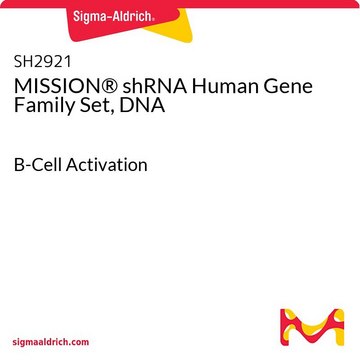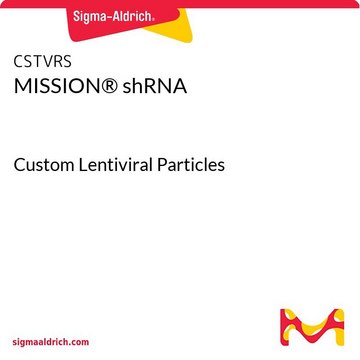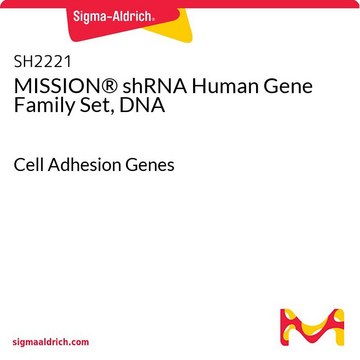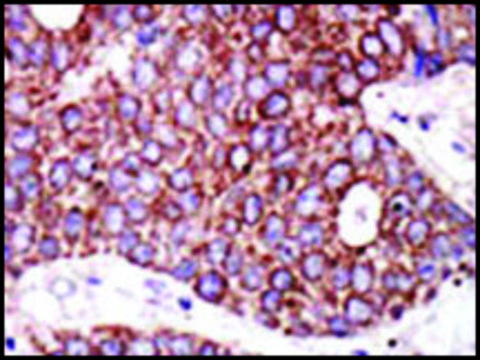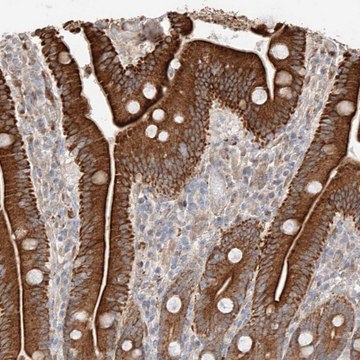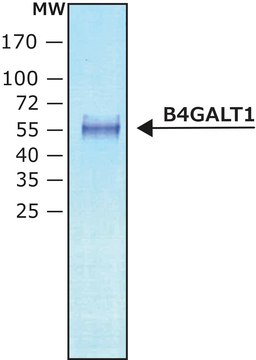SH2931
MISSION® shRNA Human Gene Family Set, Lentiviral Particles
B-Cell Activation
About This Item
Recommended Products
Looking for similar products? Visit Product Comparison Guide
Related Categories
1 of 4
This Item | SAB1300288 | HPA031151 | SAE0093 |
|---|---|---|---|
| Gene Information human ... GCNT1(2650) | Gene Information human ... GCNT1(2650) | Gene Information human ... GCNT1(2650) | Gene Information - |
| recombinant expressed in Saccharomyces cerevisiae | recombinant - | recombinant - | recombinant expressed in HEK 293 cells |
| concentration ≥0.2 unit/mL, 0.5-4 mg/mL protein | concentration - | concentration - | concentration - |
| UniProt accession no. | UniProt accession no. | UniProt accession no. | UniProt accession no. - |
| storage temp. −20°C | storage temp. −20°C | storage temp. −20°C | storage temp. −20°C |
| impurities ≤0.1% β-galactosidase | impurities - | impurities - | impurities - |
General description
Other Notes
Legal Information
Storage Class Code
12 - Non Combustible Liquids
WGK
WGK 3
Flash Point(F)
Not applicable
Flash Point(C)
Not applicable
Personal Protective Equipment
Regulatory Information
Choose from one of the most recent versions:
Certificates of Analysis (COA)
It looks like we've run into a problem, but you can still download Certificates of Analysis from our Documents section.
If you need assistance, please contact Customer Support.
Already Own This Product?
Find documentation for the products that you have recently purchased in the Document Library.
Our team of scientists has experience in all areas of research including Life Science, Material Science, Chemical Synthesis, Chromatography, Analytical and many others.
Contact Technical Service


